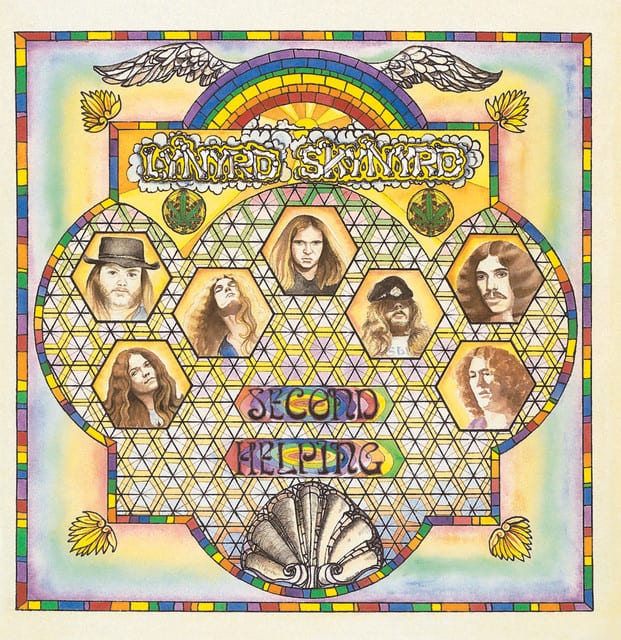The Mixolydian mode stands out as a prevalent alternative to the major scale within the realm of popular music. It ranks among the extensively employed fundamental musical modes. However, discerning this and its application in personal musical compositions may pose challenges for those unfamiliar with it. This article elucidates the fundamental aspects of the Mixolydian mode, delineates its construction from the major scale, and highlights suitable contexts for its incorporation in musical compositions. Commencing our exploration, let’s delve into the intricacies of this mode.
What characterizes the Mixolydian mode?
The Mixolydian mode, positioned as the fifth within the major scale, is categorized among the ‘church modes,’ tracing its origins back to the pre-tonal phase of musical composition.
Being denoted as the fifth mode, Mixolydian shares its structural foundation with the seven-note sequence originating from the fifth degree of the major scale.
Nevertheless, Mixolydian diverges from the major scale by a solitary semitone. In contrast to the major scale’s leading tone 7th, the mode incorporates a flattened seventh in its seventh degree.
This distinctive attribute aligns it with the prevalent blues scales employed in improvisation for the twelve-bar blues.
Despite these shared characteristics, the mode’s major third imparts a distinctive sonic essence, frequently harnessed in genres like rock, pop, and R&B, extending its utility beyond the confines of the traditional 12-bar blues structure.
Foundational Aspects of Modes
Modes, characterized by distinct scale constructions, have been integral to Western music from its nascent stages.
In an era predating the prevalence of the transposable major scale, modes served akin to keys, affording composers diverse melodic frameworks.
Alongside the Mixolydian mode, the major scale encompasses modes such as Ionian, Dorian, Phrygian, Lydian, Aeolian, and Locrian.
Each mode presents a unique scale formula, derived systematically from the standard major scale.
Constructing the Mixolydian Mode—Dual Approaches
Having established the context, we will now explore two methodologies for determining the formula of the Mixolydian scale for any given root.
1. Parent Scale Method
As previously mentioned, the Mixolydian mode is the fifth mode of the major scale.
This implies that it can be constructed in any key by retrogressing five steps to identify the major scale with an identical formula.
Reverting the mode to the major scale, from which it is derived, is known as the parent scale method.
For instance, when seeking the notes in G Mixolydian, count back five scale steps to pinpoint the parent scale of C major.
Subsequently, maintain the key signature of the parent scale and execute the seven-note scale, commencing from its fifth degree.
2. Scale Alterations Method
While the first method imparts a comprehensive understanding of mode construction, for modes sharing a structural resemblance to the major scale, it is often more efficient to memorize the altered scale degrees.
For the Mixolydian mode, a single alteration demands attention—the flattened seventh.
Simply replace the seventh degree of the major scale with a flattened seventh, thereby obtaining the Mixolydian formula with ease!
Utilizing the Mixolydian Mode: Implementation Strategies
In practical application, the Mixolydian mode emerges as one of the more straightforward modes to integrate. Its distinctive sound is so readily recognizable that one might have employed it inadvertently.
For those seeking inspiration to initiate their exploration of the Mixolydian mode, the ensuing examples serve as auditory aids.
1. Infusing Major Melodies with a Distinctive Twist
Given its close affinity with the major scale, Mixolydian can seamlessly substitute for the major scale, imparting a nuanced flavor. This substitution is particularly prevalent over sustained chords, yielding a stable and evocative resonance, frequently employed in psychedelic music.
An illustrative instance of this technique manifests in The Beatles’ “Norwegian Wood.” The infectious Mixolydian vocal motif is harmoniously reinforced by the sitar melody, resulting in a harmonically static yet melodically dynamic interplay.
2. Crafting Progressions with Mixolydian Chords
Formulating chord progressions through the construction of triads or seventh chords on each degree of the Mixolydian scale unveils another facet of its utility.
The Mixolydian seventh chords are as follows:
I7 IImin7 IIImin7b5 IVmaj7 Vmin7 VImin7 bVIImaj7
Notably, Mixolydian harbors major chords on its first and fourth scale degrees, mirroring harmonic foundations found in the major scale. Introducing a major chord on bVII adds an intriguing harmonic dimension. Additionally, the incorporation of a minor V chord introduces an unexpected quality, tempering the conventional V chord resonance.
The subsequent repertoire of songs exemplifies progressions grounded in Mixolydian material.
#1: “Royals” by Lorde
Lorde’s 2013 chart-topper serves as a paradigmatic illustration of a Mixolydian progression, characterized by a discernible bass movement from I to bVII to IV. The inherent stability and comfort derived from the IV chord transitioning from bVII, coupled with the distinctive Mixolydian flatted seventh evident in the vocal melody, contribute to its enduring appeal.
#2: “Clocks” by Coldplay
The verse progression of this composition incorporates the evocative minor V chord inherent in the Mixolydian mode. The song’s unique trajectory, culminating in IImin7, exemplifies the mode’s versatility when applied judiciously.
#3: “Sweet Home Alabama” by Lynyrd Skynyrd
This iconic southern rock anthem harnesses the major blues ambiance intrinsic to Mixolydian. The progression prominently featuring I, bVII, and IV provides an expansive canvas for instrumental solos and vamps, enriching the song’s conclusion.
Exploring the Mixolydian Aesthetic
The Mixolydian mode emerges as a pivotal sonic palette for songwriting endeavors. Whether seeking the timeless resonance reminiscent of 60s psychedelia or desiring a straightforward method to infuse vibrancy into a melody, myriad possibilities unfold once the foundational principles are assimilated.
A diligent perusal of this article imparts a robust foundation for delving into the intricacies of the Mixolydian mode.”





